Longfellow Real Estate Partners and New York Blood Center reveal new Center East renderings
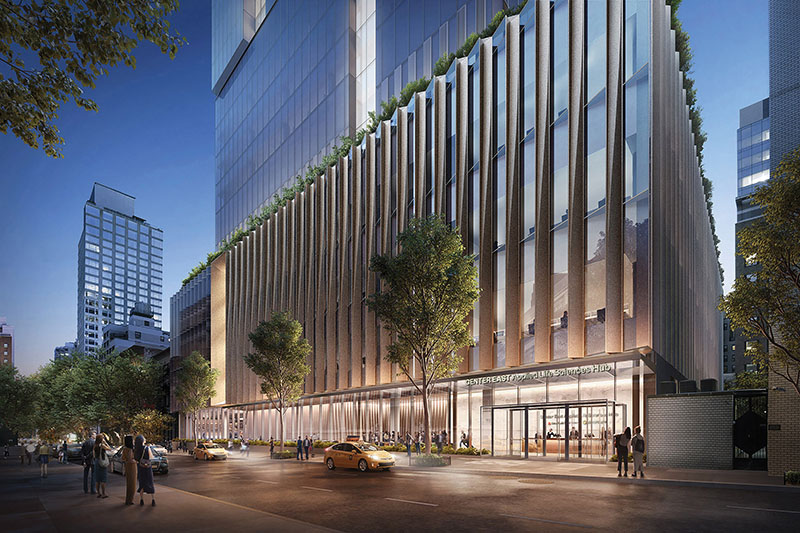
(courtesy of Ennead Architects, Rendering by DBOX)
New York, NY New York Blood Center (NYBC), one of the nation’s largest independent blood centers and a non-profit institution which supports life science startups through groundbreaking research, unveiled plans for Center East. The applied life sciences hub will replace NYBC’s existing facility with a center that will serve the city’s life science innovation ecosystem and will continue to be a key part of the city’s pandemic response infrastructure. NYBC has selected mission-driven life science developer Longfellow Real Estate Partners as its strategic development partner.
NYBC plays a critical role in the city’s, region’s and nation’s health, supplying life-saving blood products and services to nearly every hospital across the five boroughs. It serves a key function within the global health care ecosystem, delivering stem cell products to over 45 countries worldwide. Center East will not only provide space for NYBC to expand its life-saving research, but its presence as a tenant within the new building will be an advantage for the growth and development of promising life science startups.
“Life science innovation has never been more important as we are grappling with a global pandemic that is requiring us to research in real time, and simultaneously develop vaccines, therapeutics and much needed tests,” said Christopher Hillyer, president of NYBC.
“COVID-19 underscores the importance of investing in Center East, and developing a true life sciences hub that will allow us to advance research for treatments that will improve the health outcomes for people living with a range of serious conditions.”
“New York City is facing unparalleled challenges in the wake of COVID-19,” said Manhattan Borough President Gale A. Brewer. “Center East is a proposed solution that will make us both more resilient in the face of future pandemics and provide an economic engine that will be essential to our City’s success moving forward.”
The Blood Center holds a unique place in the medical and research ecosystem of the Upper East Side as a provider of critical blood products to multiple research institutions and is itself a leader in life science research. It is home to numerous advances in research and development in the field of blood-related diseases including collection and research of convalescent plasma therapy to treat COVID-19, development of prototypic vaccines against SARS, MERS and HIV viruses and regenerative medicine research aimed at developing personalized tissue cells, organoids and transfusion-grade red blood cells and platelets from human stem cells.
NYBC’s commercial and academic collaborations with life science companies and other research institutions are essential to bring its discoveries to patients as new vaccines, products, drugs and treatments. However, NYBC cannot expand its life-saving research and development due to the physical limitations of its current facility, which was originally built in 1930 as a Trade School. Replacement of the existing facility is essential to expand NYBC’s ongoing research and development, ability to recruit talent and to fully utilize the potential of this unique site within the Upper East Side corridor of world-class medical and academic institutions.
The vision for the proposed purpose-built, 596,000 gross-square-foot Center East campus is to modernize NYBC from the ground up and maximize the building’s impact by creating space for an ecosystem with institutions and startups all working together under one roof -- a campus model that fosters dynamic interactions and the advancement of life science research to patient-ready solutions. The 16-story Center East building will include shared and dedicated spaces to serve all the building’s tenants, including startups, industry groups, partner institutions and venture capital firms. Access and cross-collaboration between groups fosters unique partnerships that will lead to the advancement of the life sciences sector. Unlike anywhere else in the City, Center East will provide shared facilities that foster dynamic interactions and collaborations among a campus of diverse tenants.
“We believe deeply in the mission of New York Blood Center and that Center East can serve as the catalyst to generating a thriving life science ecosystem in New York City,” said Jamison Peschel, Managing Partner at Longfellow. “By partnering with NYBC, we will help New York City establish itself as a major center for the advancement of cell and gene therapies around the world, such as Boston/Cambridge and San Francisco. This is an incredible opportunity for NYBC and for New York to leverage the research capacity of world-class institutions and drive the commercialization of advances that will save lives.”
Ennead Architects was selected for the project for their experience in designing vertical laboratories within dense urban environments that are civically responsible and sympathetic to the surrounding context. Ennead has produced a thoughtfully designed building that will provide NYBC with a modern, purpose-built and amenity-rich home that emphasizes efficiency, flexibility, transparency, and collaboration. NYBC will be the primary occupant of floors 1-5. The NYBC program includes a ground floor Blood Donation Center, state-of-the art Research Laboratories, and associated executive and support functions. The building’s upper stories, floors 7-16, will be reserved for Longfellow partner organizations. Center East occupants will have access to collaboration spaces, shared specialty lab environments, a café, and conference facilities with a ground floor multi-purpose room. This emphasis on shared spaces will promote collaboration between NYBC, partner organizations and the life science industry in NYC.
Peter Schubert, Design Partner at Ennead Architects said, “The mission of the New York Blood Center has never been more important. We are proud to design Center East, a new home for NYBC that supports their critical work in the service of public health, can operate at the highest levels of efficiency for today’s state-of-the-art research, and is nimble enough to easily respond to future needs as they arise. The building is designed to facilitate communication between co-located researchers and fuel the collaborations that catalyze research discoveries, as it increases community awareness and engagement with NYBC via opened up street frontage, ground floor transparency, and a more pedestrian friendly streetscape.”
In addition to being the catalyst for life sciences innovation, Center East will provide a viable opportunity for the City’s greater economy. By creating a world-class biotech and life sciences campus, Longfellow and NYBC will create an estimated 2,600 new jobs on site, an estimated 3,000 indirect jobs in the neighborhood, and a total new economic output of $1.1 billion annually. In addition, as part of the Center East vision, NYBC and Longfellow will create and execute a landmark workforce development program, targeted at supporting youth and collegiate STEM talent via education, internship and mentoring programs, strategic partnerships with outside educational organizations, and on-site training and certifications.
“Now more than ever, the life science industry is critical to both the physical and economic health of New York,” said Carlo A. Scissura, President and CEO of the New York Building Congress. “Center East will not only provide construction jobs in the short term, but has the potential to facilitate the creation of new, long-term jobs from every sector of the life science ecosystem. This project represents an opportunity for New York City at a time when we desperately need new economic engines and job creation.”
“NYBC has always been a tremendous community partner and the work that they do is absolutely vital here in our community and around the world,” said Elizabeth Dew, President of Friends of St Catherine’s Park. “Center East would provide NYBC with the facilities they need, to not only advance their existing research, but to create a real ecosystem with much broader benefits.”
SABRE coordinates sale of six properties totaling 199,845 s/f

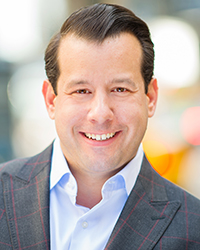
Lower interest rates and more loan restructuring can help negate any negative trending of NOI on some CRE projects - by Michael Zysman

Behind the post: Why reels, stories, and shorts work for CRE (and how to use them) - by Kimberly Zar Bloorian

Strategic pause - by Shallini Mehra and Chirag Doshi



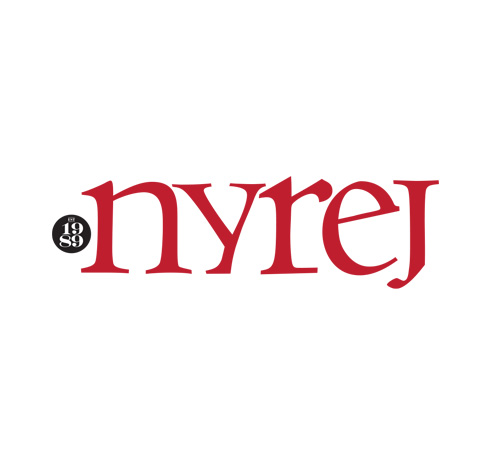

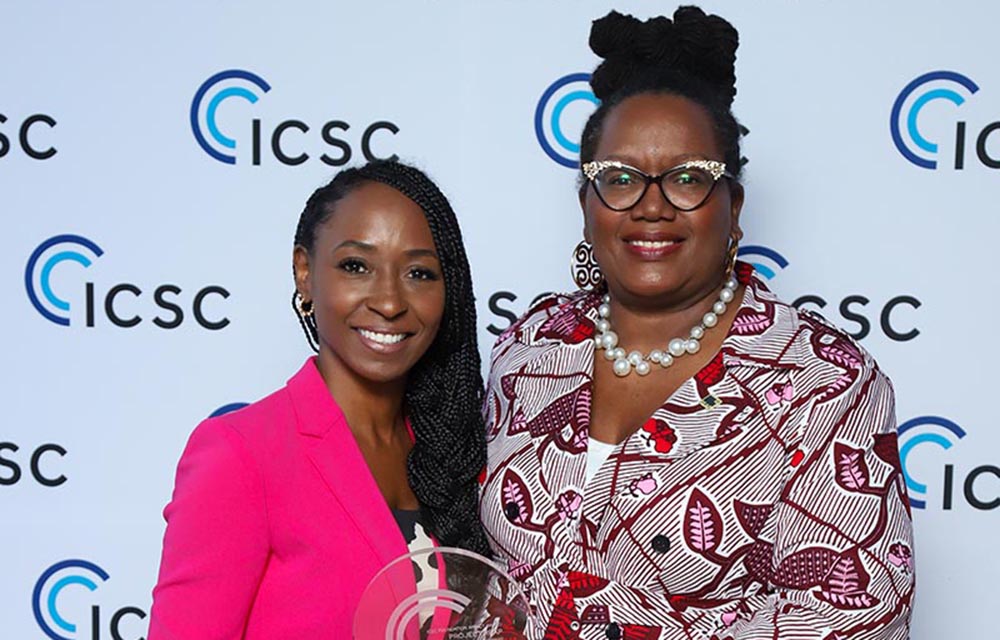
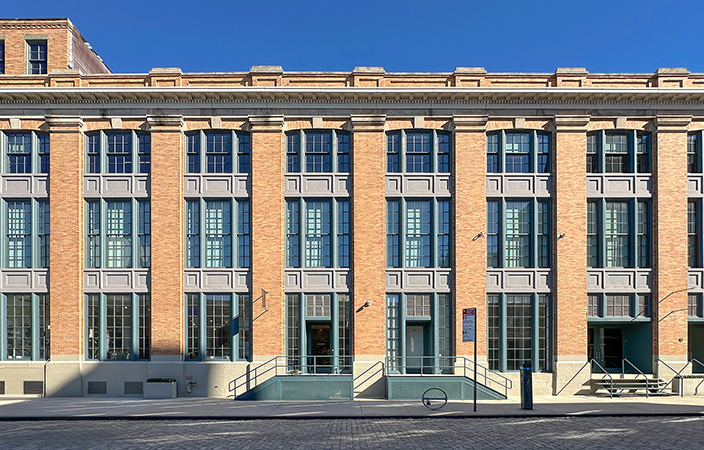

.jpg)

.gif)